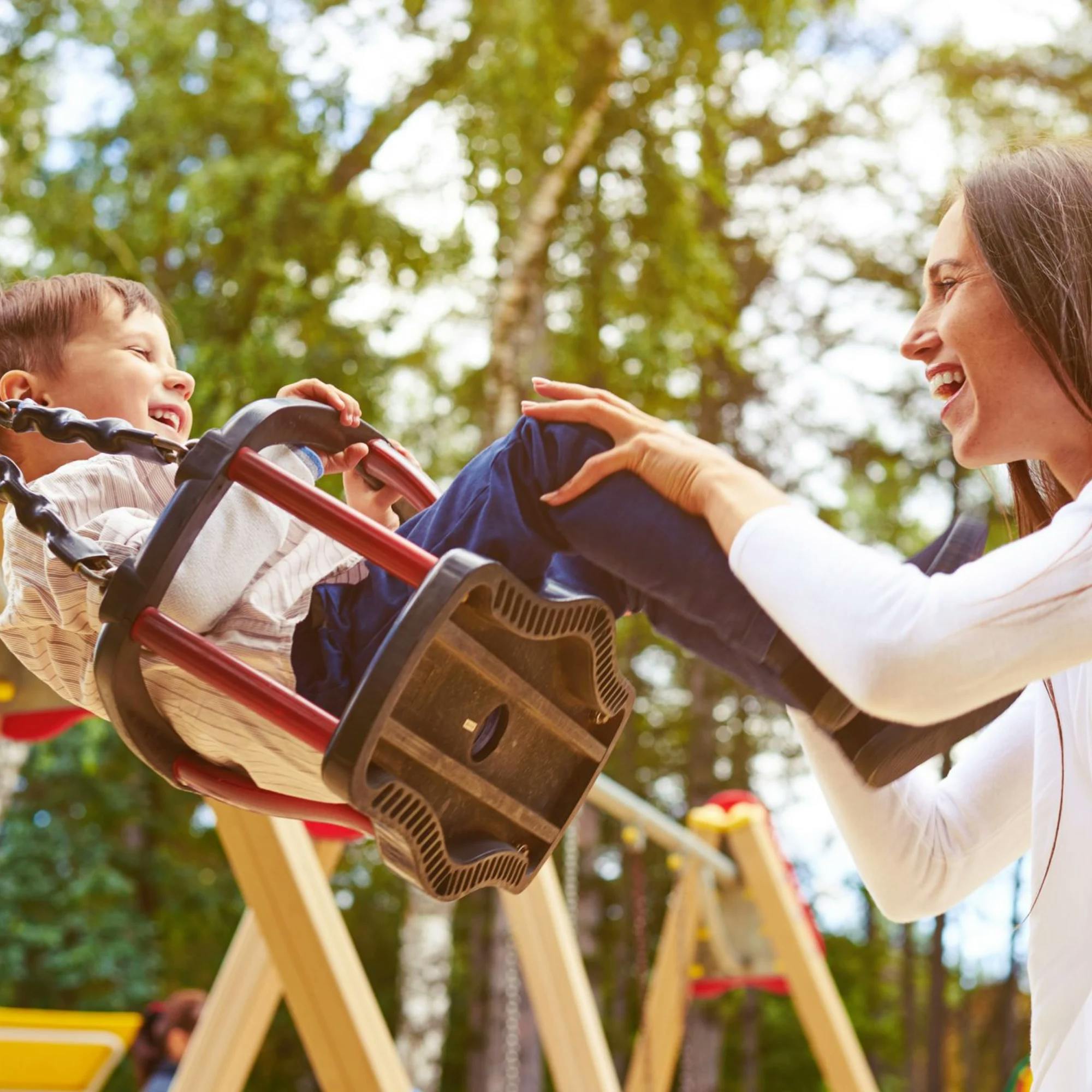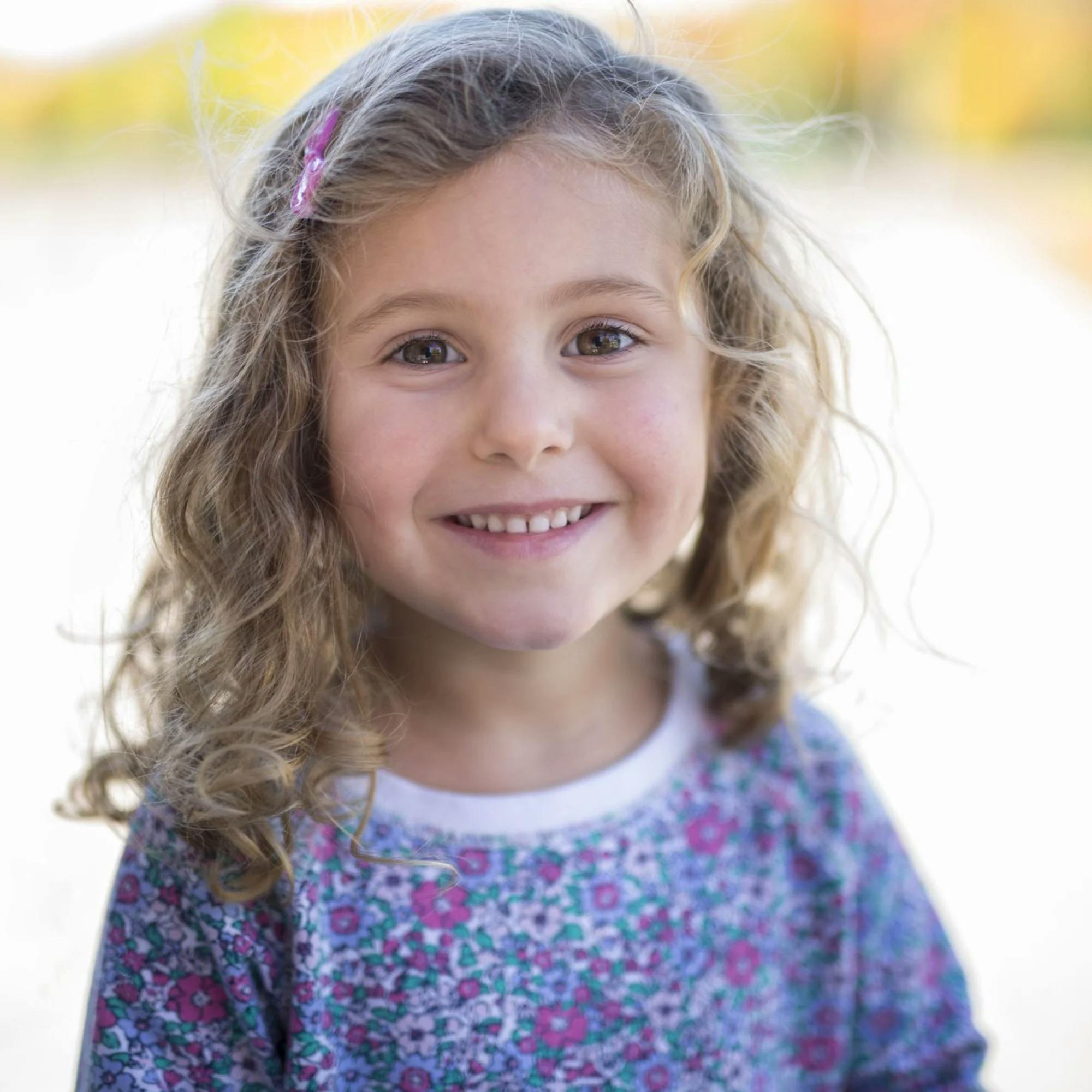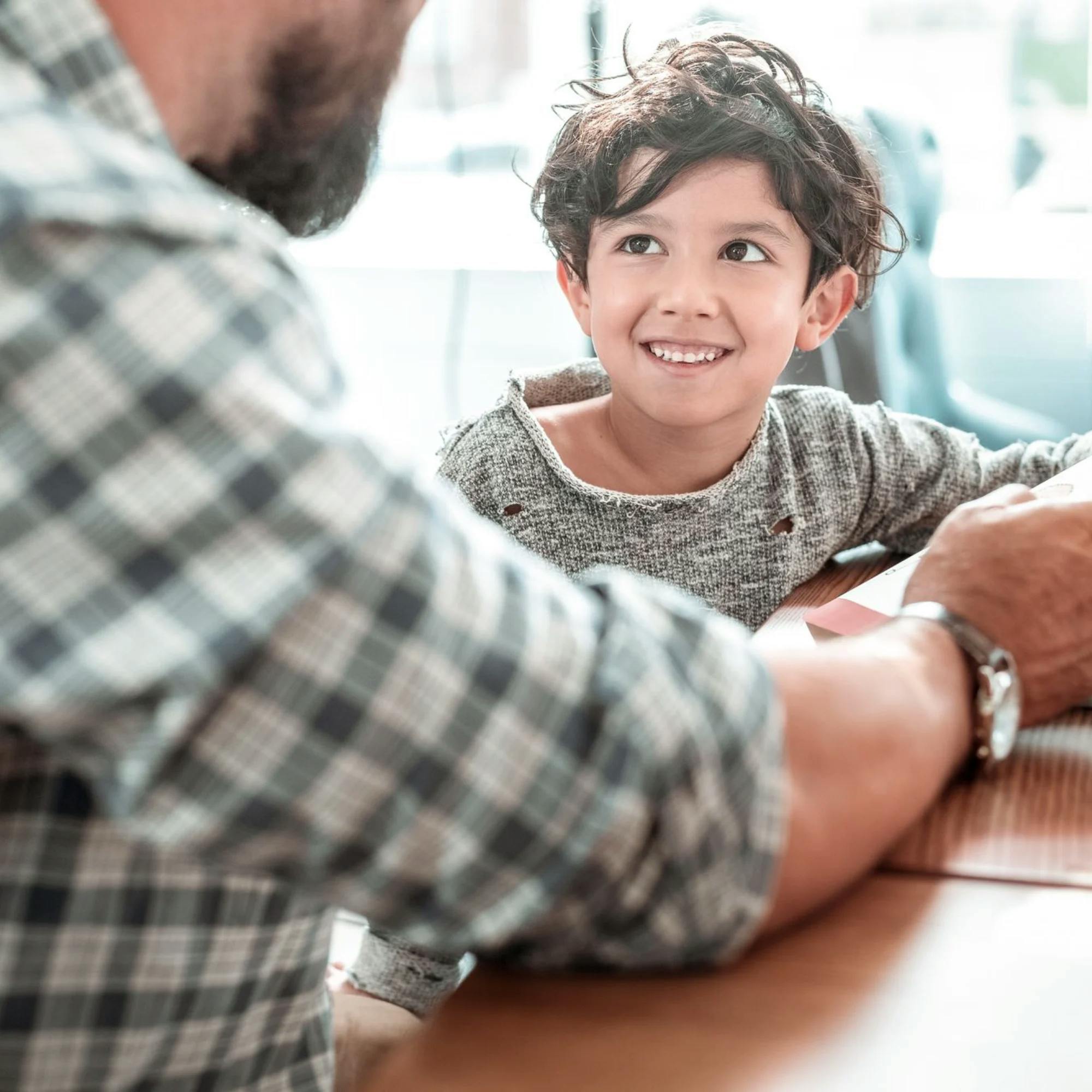
Tips to Help Your Child Pronounce the “CH” Sound
 Abby Barnes, M.S., CCC-SLP
Abby Barnes, M.S., CCC-SLP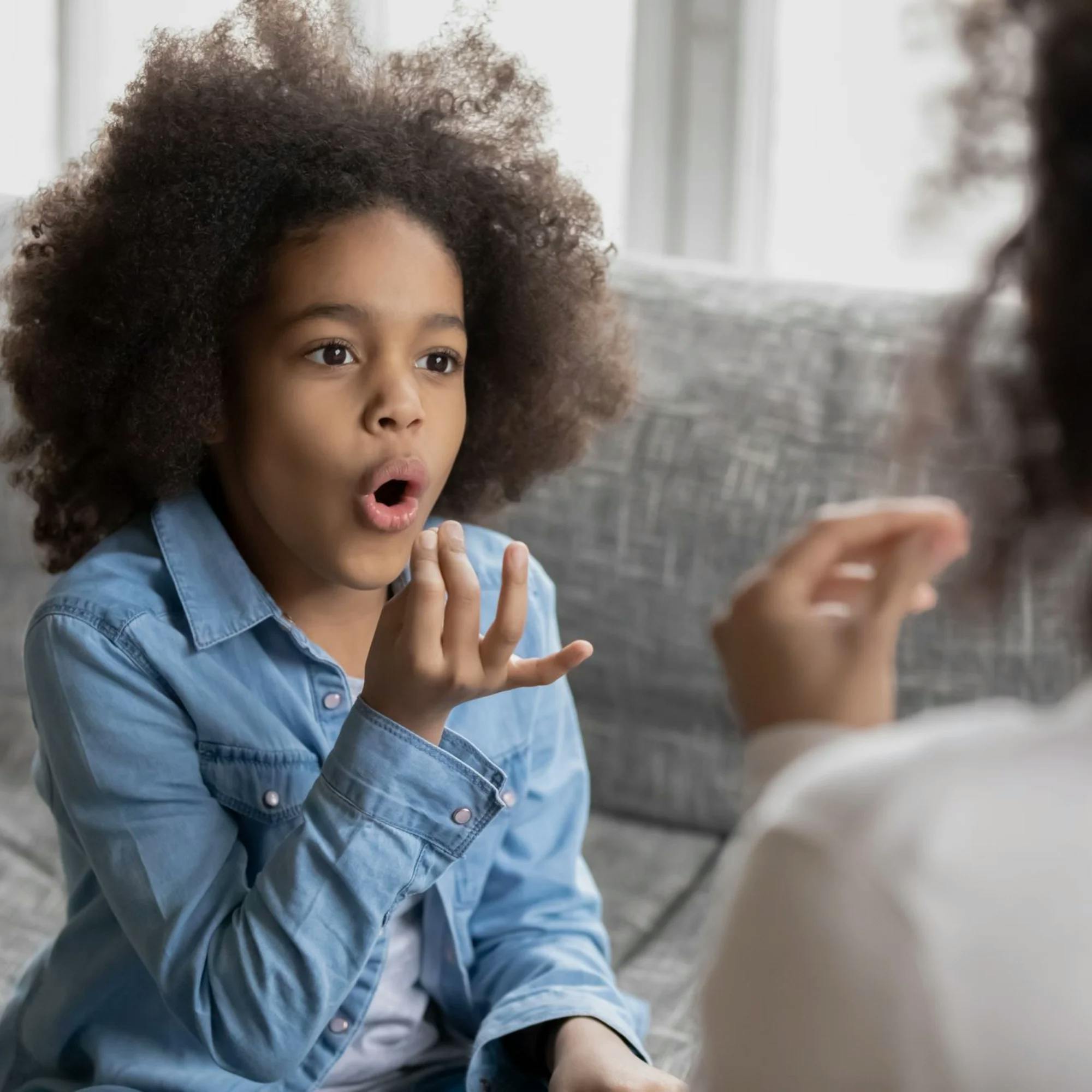
It's common for children to make speech errors involving the "CH" sound as they develop their language skills. After all, "CH" can be one of trickier sounds to learn and say clearly.
However, there comes a time when your child should be able to pronounce "CH" words without any mistakes, with their speech being 100% intelligible. So how do you know if your child is experiencing a normal pattern as they grow their language abilities, or if they need some extra help?
In this article, we cover everything you need to know about "CH," including the age at which children should be accurately pronouncing this sound, what correct "CH" production looks like, how to start practicing at home, and when speech therapy may be needed.

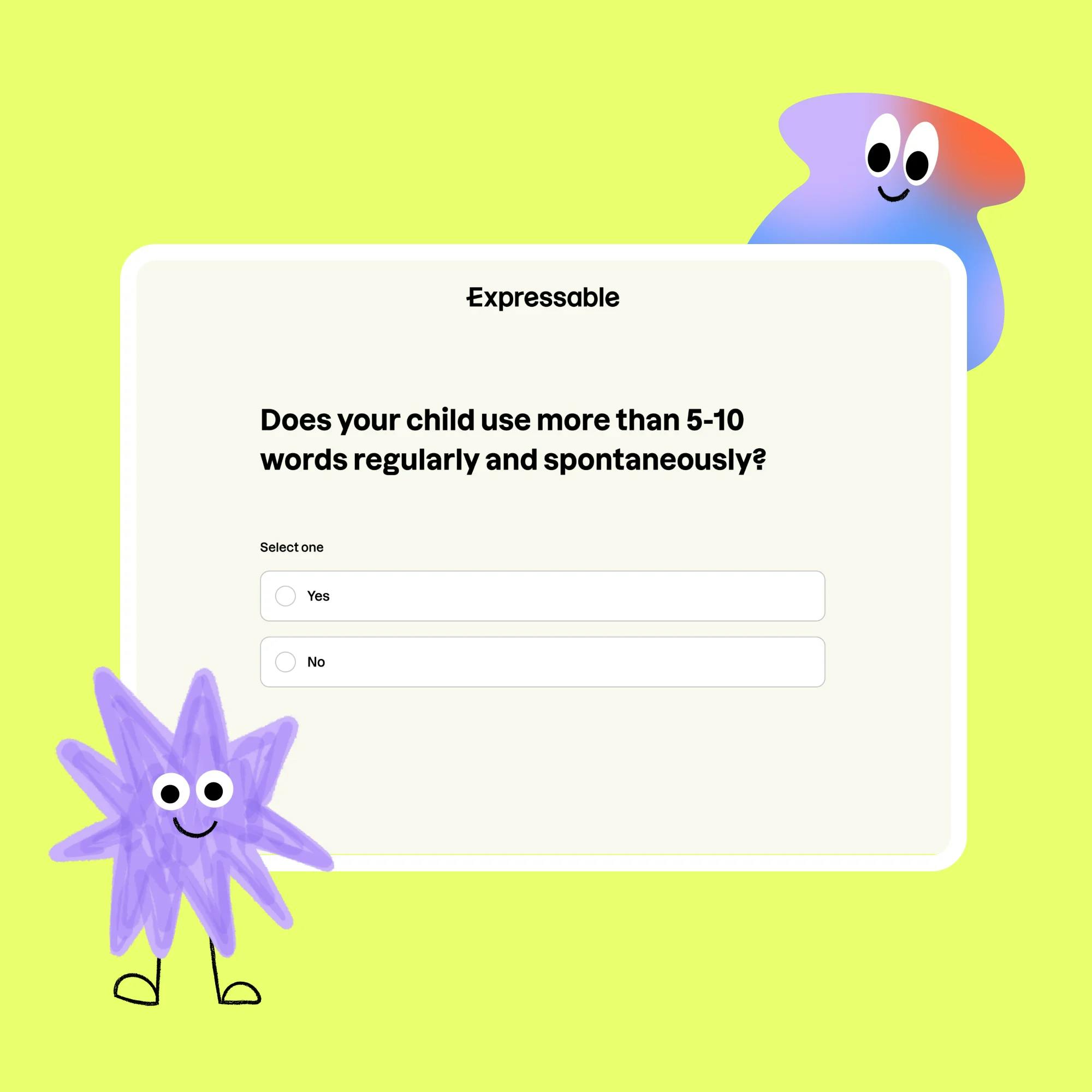
At what age should kids be able to make the "CH" sound?
Children should begin correctly pronouncing the “CH” sound sometime between ages 3.5 and 7 years old. With this sound in particular, there's a pretty large variance in age range.
With that said, it's important for parents and caregivers to recognize that the longer you wait to begin speech therapy for a speech sound, the more difficult it can become to correct errors and improve your child's speech. This is because motor patterns (the mouth movements we use to produce sounds) become more ingrained as a child gets older. In other words, the longer a child is used to mispronouncing a sound, the harder the habit is to break.
Is your child ready to practice the "CH" sound?
Wondering if your child should be working on practicing the "CH" sound? Consider whether your child is able to imitate a correct production of the "CH" sound. This means, if you pronounce an accurate "CH" sound, can they repeat it back to you? If so, they are probably ready to begin targeting the sound.
If a child isn't easily understood, this could deflate their confidence and make them less likely to communicate.
If your child is not saying the “CH” sound correctly by the time they go to kindergarten, but they're showing readiness to make this sound, then go ahead and target it! We want children to be able to speak as clearly as possible when they start school. Suddenly, they'll be surrounded by new people--teachers and peers--and they're more likely to begin comparing their own speech to others. If a child isn't easily understood, this could deflate their confidence and make them less likely to communicate. As you can imagine, having people constantly ask, "What did you say" or "Can you say that again?" can be quite frustrating.

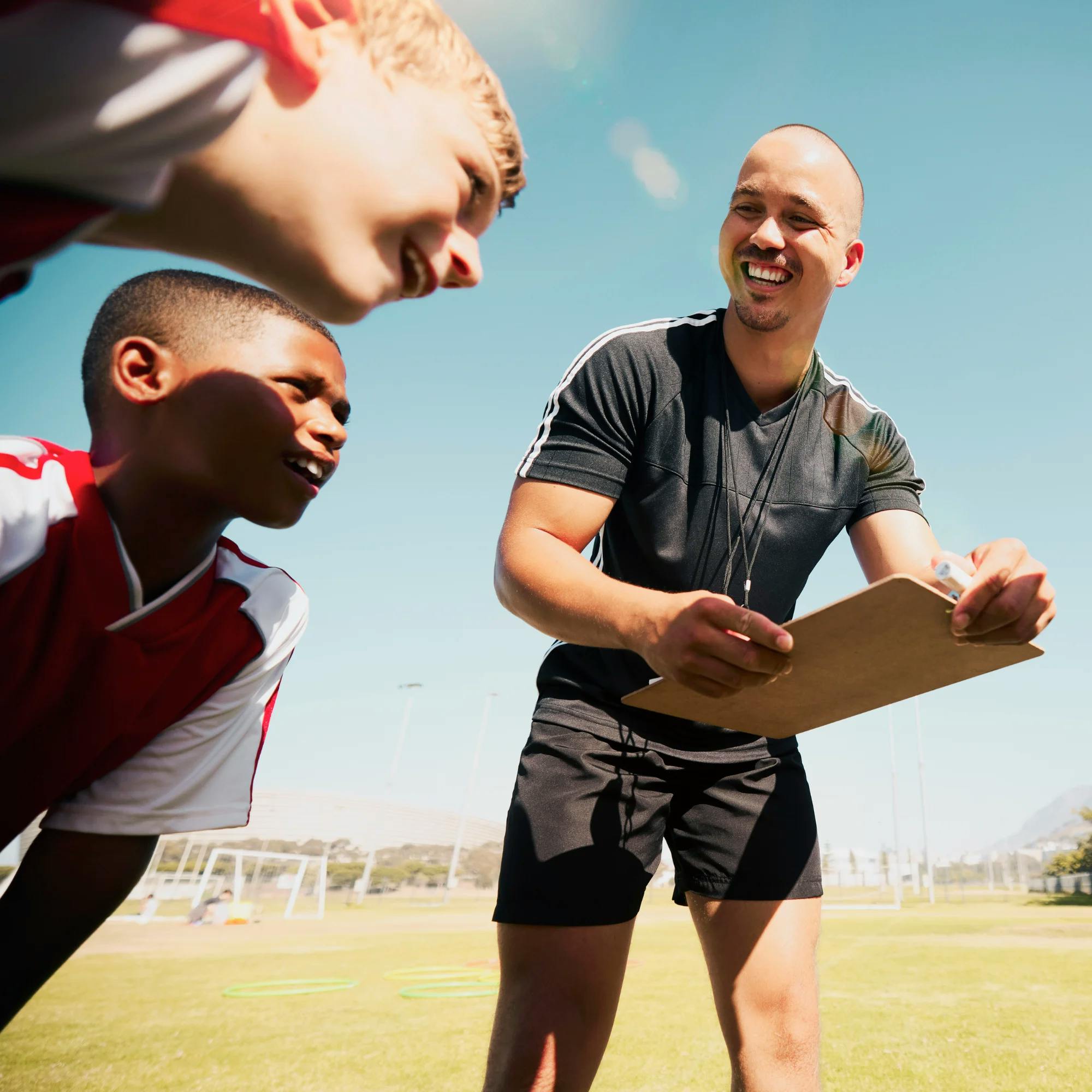
How to correctly pronounce the "CH" sound
In order to produce a correct “CH” sound, the tongue, lips, and airflow all have to coordinate perfectly. Here’s a step-by-step guide on how to say a perfect “CH”:
1 The tongue tip should point just slightly upward, so it's resting at the alveolar ridge (the bumpy part behind the front teeth)
2 The sides of the back of the tongue should be touching the inside of the top back molars
3 The lips should move into a rounded position
4 Then, blow air quickly and forcefully, which produces the “CH” sound
If you read our article on the “SH” sound, you will notice that the “SH” and “CH” sounds are very similar. Many children who have trouble pronouncing one of these sounds will have trouble with the other.


How to practice the "CH" sound at home
When you begin practicing the “CH” sound with your child, make sure to start at the right difficulty level. If you start too far ahead of your child's current abilities, it won't make practice any easier and could make them frustrated. We want to see steady, incremental progress over time on their path to mastering this speech sound.
Here are some easy activities you can do with your child to start practicing this speech sound.
First, review all the articulators (teeth, tongue, lips) used to make a "CH" sound. Ask your child where each articulator should be placed or positioned, and see if they answer correctly (or can show it to you themselves). You may want to practice in a mirror so your child can see their mouth movements.
Your child needs to be able to identify the correct pronunciation of "CH" before they can master the sound themselves. Play a fun game where your child listens to you say the sound, both correctly and incorrectly, to see if they can spot the difference. Once they can do this with 100% accuracy, it's time to move on to actual productions of the sound.
Make sure to give your child a model of what a correct "CH" should sound like. Once they hear and see you do it, it'll be easier for them to imitate this sound on their own. Practice this until your child is able to repeat the sound after you with ease and accuracy. Over time, you can fade out your models as your child improves until they're able to say the sound on their own.

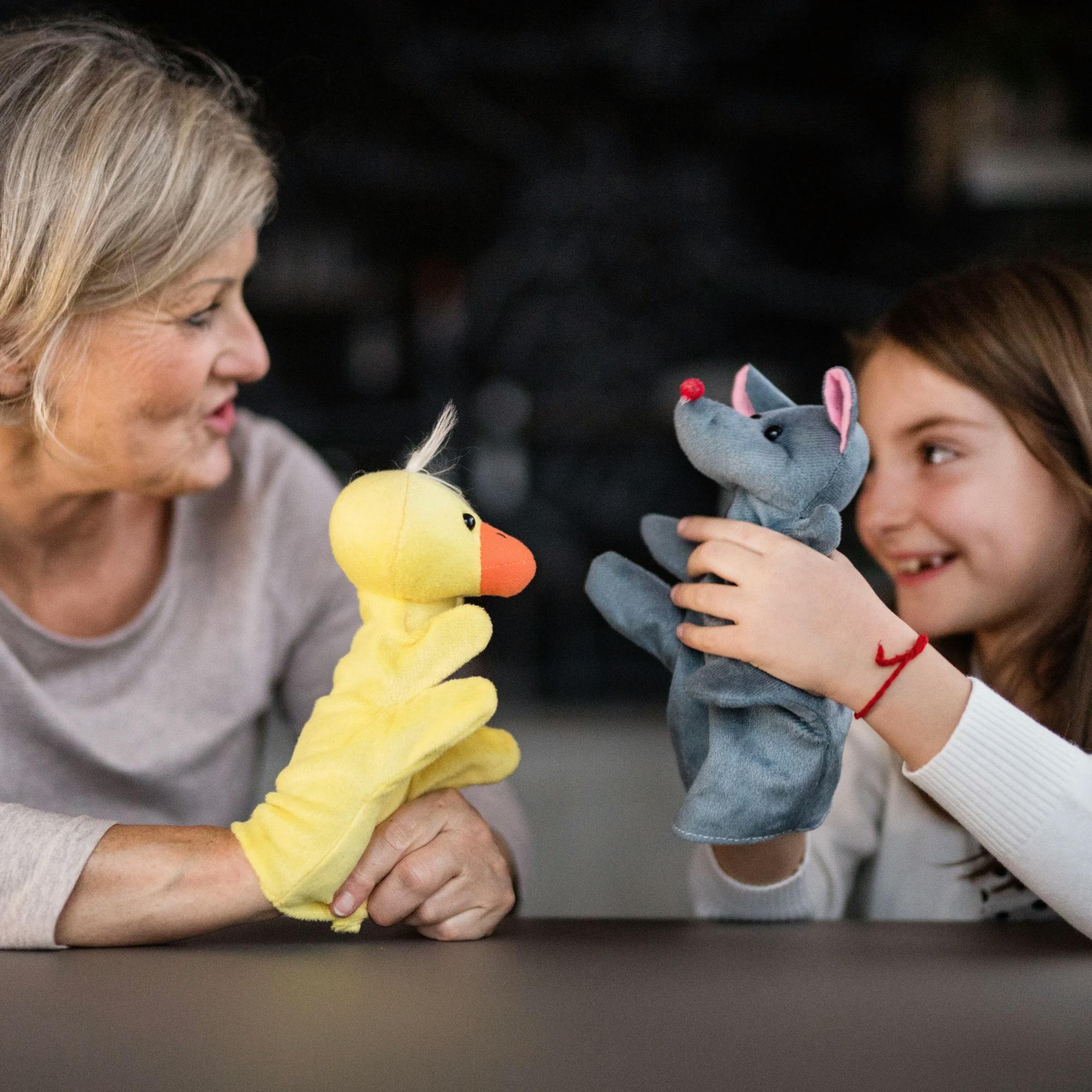
How to improve “CH” sounds in everyday speech
In the section above, we reviewed how to help your child say the “CH” sound in isolation, or by itself. As a next step, it's time to start practicing the "CH" sound when it's used in syllables, words, and day-to-day conversations.
It will likely take some time for “CH” to sound 100% accurate in your child’s speech. Fortunately, there are many tips and techniques you can use to help get your child to this next step of their speech development.
After your child is saying the “CH” sound independently, you should then practice combining "CH" with syllables. These are often just made up syllables, such as “chee,” “chay," “chie," “cho," and “chue.”
This helps get your child ready to practice “CH” in words, which comes after syllables. Start with single-syllable "CH" words, like:
Chat
Cheer
Chin
Chop
Beach
Touch
Ranch
Coach
Then, move on to practicing two- and three-syllable words, like:
Chapter
Checkers
Children
Chosen
Champion
Charity
Chocolate
After your child has started saying "CH" words accurately, it's time to start using these words in two- and three-word phrases. Over time, increase the phrase length until they're able to fully incorporate "CH" words into sentences and, eventually, conversations.
It can take steady practice and persistence to get to the conversation level.
Progress often doesn't happen overnight, and it can take steady practice and persistence to get to the conversation level. It's vital to give your child the time and attention needed at each complexity level before moving on to the next one. You will know your child is ready when they're 90% accurate in each context.
What if your child is frustrated during speech practice?
Children are aware when they struggle to pronounce sounds. It's likely your child may get annoyed or disheartened at some point while practicing. Make sure you provide a lot of praise and encouragement throughout practice.
While you shouldn't say “Great job!” for incorrect productions (this can confuse your child and decrease their ability to self-correct), there are many ways to encourage your child while also providing the right feedback. Here are some examples you can use next time you practice together:
“I love how you’re trying! That’s not quite it. Let’s try again!”
“You're working so hard! Next time remember to round your lips.”
“You are so close! That’s not quite it, but I know you'll get it soon.”
When your child does pronounce the "CH" sound clearly, make sure you recognize and point out their tremendous progress. Give them lots of praise, and get really excited about it--they love seeing your reaction! As long as you keep practice positive and engaging, your child will be more motivated to participate. This is how you put them on the path to pronouncing the perfect "CH" sound.


When should you contact a speech therapist?
If your child is having a hard time learning the "CH" sound, or moving from saying the sound in syllables to words or conversation, it’s a good idea to contact a speech therapist for an evaluation. Speech therapists are experts in articulation, or speech sound issues, and can create a treatment plan individualized to your child. The sooner therapy begins, the sooner your child can start making progress!
During the evaluation, the speech therapist will assess your child’s speech errors and decide how speech therapy should be approached. They will create a plan of care, and they'll keep track of your child’s progress by measuring their percentages of accuracy, as well as how much help is needed to get them to the correct "CH" sound production.
How Expressable Can Help
Concerned your child isn't reaching age-expected milestones? Looking for communication support from a professional? Expressable is a national online speech therapy practice serving children and adults. We treat all major areas of communication and feeding, offer flexible hours including evenings and weekends, and accept most major health insurance plans. We’re proud to have earned more than 3,000 5-star reviews from our clients (4.9/5 average).
Our therapy model is centered on parent and caregiver involvement. Research proves that empowering caregivers to participate in their loved one’s therapy leads to better outcomes. That’s why we combine live, 1-on-1 speech therapy with personalized education and home practice activities for faster progress.
Communication is more than words. It’s how we share how we feel and show who we are. We’re here to help you or your child do just that.







